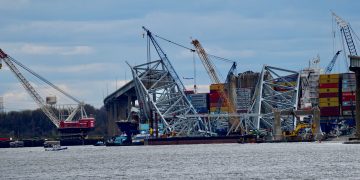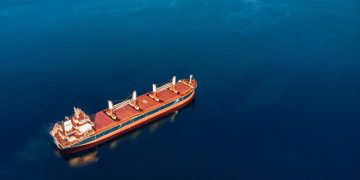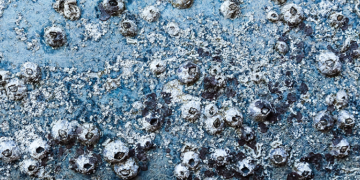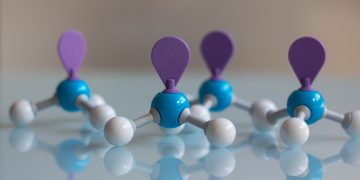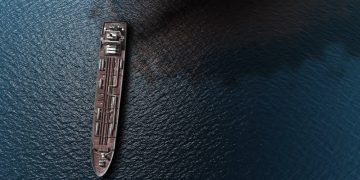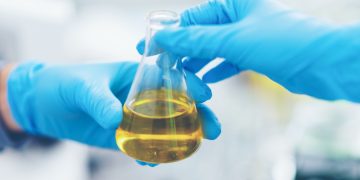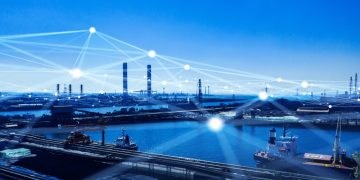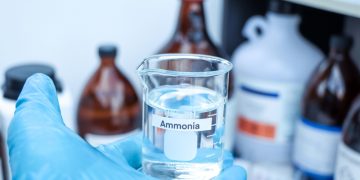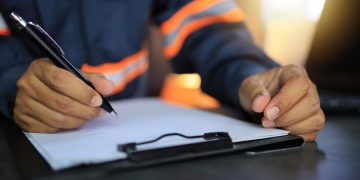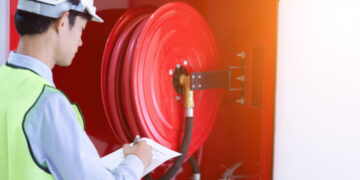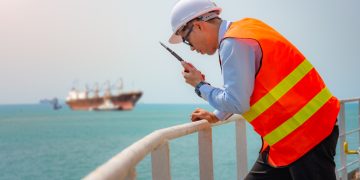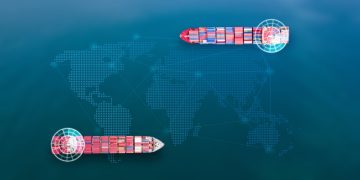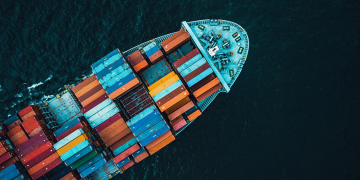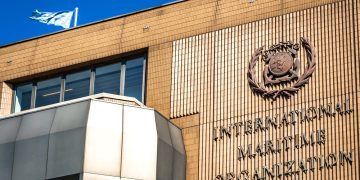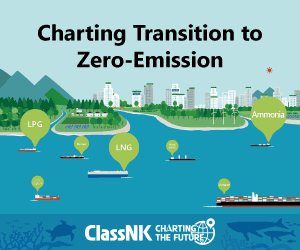BELCO wins order for two scrubbers on Great Lakes
Belco, a division of DuPont Sustainable Solutions, has been awarded a contract for two BELCO Marine Scrubbers by Interlake Steamship Company, a U.S.-based company that has led the Great Lakes shipping industry since 1913. The closed loop scrubbers are to be installed on the M/V Honorable James L. Oberstar, a self-unloading dry bulk carrier that operates on the Great Lakes. Installation begins in mid-January in Wisconsin, and testing is scheduled for April 2015. The system will allow Interlake to meet all North American ECA and IMO Annex VI sulfur requirements while continuing to operate on heavy fuel oil. Each single-inlet, closed loop scrubber will be connected to a Rolls Royce Marine Bergen 6-cylinder diesel engine rated at 4,079 b.h.p. (3000 kW). For this retrofit, BELCO® worked closely with Interlake to provide a system whose equipment and auxiliaries were optimized based on the vessel’s operational profile. For example, the scrubbers will take advantage of a common effluent treatment system to meet all U.S. Coast Guard, U.S. EPA and IMO washwater emission standards. “Interlake recently spent millions of dollars converting and repowering several of its vessels with engines that operate on heavy fuel oil, and was in search of a solution to ...
Read more




